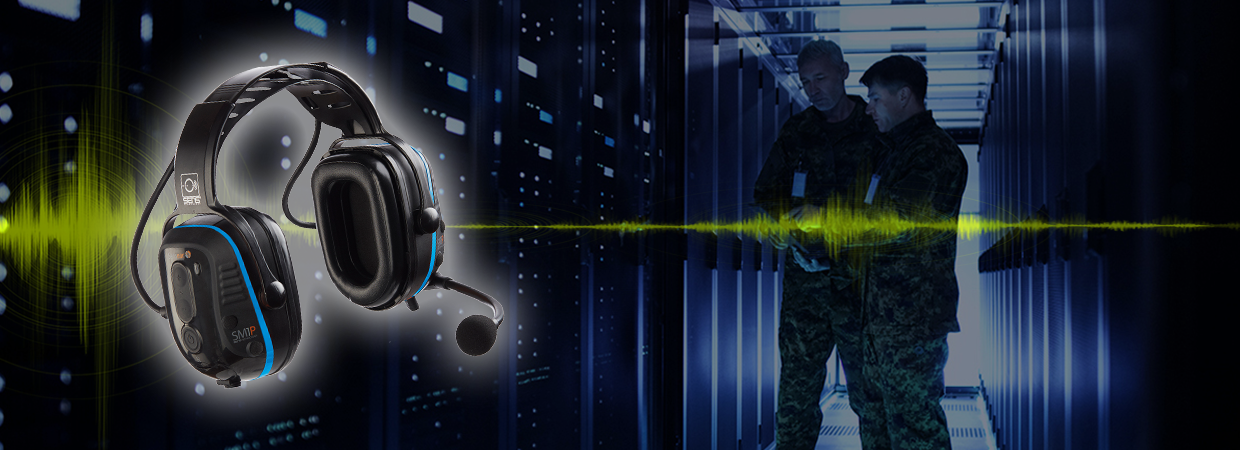- Home
- Blog
- Hearing Protection
- The Changing Face of Hearing Protection in the Transportation Industry

The Changing Face of Hearing Protection in the Transportation Industry
Since the dawning of their industries, workers in sectors such as aviation, rail, and shipping have worked in increasingly noisy conditions. Over time, these noise levels grew to the point of putting employees’ hearing at risk and compromising their situational awareness.
The transportation industry is currently undergoing a sea change when it comes to balancing communication and hearing safety. Each sector has its own unique challenges and innovative solutions, with some of the most interesting developments appearing in the shipping, rail, and aviation sectors.
Shipping Industry
Since the fading of the era of sail vessels, the shipping industry has added ever-increasing cargo loads, and developed engines with the power – and accompanying noise – to transverse the oceans. In modern ships, advances in technology have allowed engineers to limit the areas where noise exceeds the 85 dB(A) danger threshold, but no one has yet been able to completely eliminate the high levels of background noise on a large ship. While much attention is paid to hearing protection when noise levels exceed 85 dB(A), noisy environments can impede communication and distract workers from vital functions even below that level.
The areas adjacent to the engine room often suffer from this kind of disruptive, but non-dangerous noise volume. On a Norce Offshore vessel, one such problem area has been the command center. Manned continually, it is a place where decision-makers needed to be able to think clearly and communicate effectively. Rather than blindly handing out traditional protective devices that would dampen speech and noise equally, the company deployed digital hearing protection that damped the noise while enhancing speech. These advanced protection devices also integrated with the ship’s two-way radios, bringing improved communication not only to the command center but to the engine room as well.
Railway Industry
Spanning continents and connecting nations, the rail industry is the lifeblood of global commerce. High noise areas in this sector occur not only on the trains, but also in support areas such as fabrication and repair shops, line repairs, shunting crews, and car maintenance. Because of the size and weight of moving equipment involved, hearing protection that limits the wearer’s situational awareness can be perceived as an even greater risk than noise levels. This leads to workers removing hearing protection in order to feel safer.
The rail industry has been revolutionized by the introduction of hearing protection which dampens noise, but maintains speech level enhancement or integrates with existing communication devices. In a recent interview, a track maintenance consultant for Queensland rail said, “The guys took a little time to adapt to this new technology as it was previously unheard of… so we had some education to get the guys to understand that it was ok to go home still being able to hear the nightly news without constant ringing in their ears.”
Aviation Industry
Safety is paramount in the aviation workplace, and constant communication is required on the ramp, in the hangar, and in the control tower. Aviation professionals require hearing protection that not only allows them to communicate with those in the vicinity but also with controllers and technicians around the grounds. For example, as airplanes are being serviced, techs need to communicate with each other verbally while still coordinating turnover at multiple gates, all while staying within a strict flight plan schedule.
By providing the ability to integrate with cell phones, two-way radios, and even facilities’ proprietary systems, modern hearing protection devices are able to protect workers without sacrificing the speed and efficiency needed to maintain high levels of customer service. For more details on each of these examples, as well as more in-depth studies of hearing protection throughout the transportation industry, look to the Sensear case study library.







